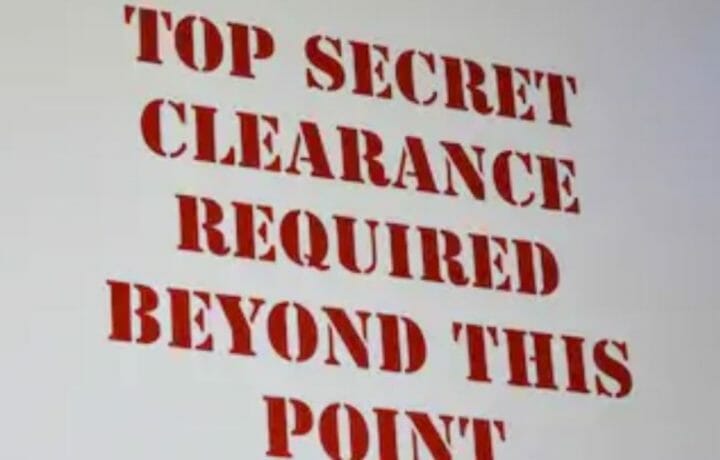While the Intelligence Community has made great strides to increase efficiencies, some of its administrative functions, such as procurement and security processes, remain plagued by inefficiencies, according to a new report by the Intelligence and National Security Alliance’s (INSA) Security Clearance Reform Task Force.
INSA’s Next Steps for Security Reform report found that timelines and backlogs in national security clearances have decreased substantially over the past six years, but security clearances for private contractors have not progressed nearly as much.
The report outlines six goals for improving acquisition security.
1. Continue improving security processes and metrics for clearances, facilities, policies, and reinvestigations.
2. Decrease costs through implementation of security guidelines that facilitate the agility and responsiveness of cleared and clearable industry personnel.
3. Develop and execute across the IC more flexible approaches to security practices, such as increasing use of “read-in/read-out” access for research, proposal development, or short term projects.
4. Enable industry’s capability to anticipate government needs and provide innovative solutions.
5. Promote a level playing field across the full range of industry, large and small.
6. Improve the clear and consistent application of security guidelines across companies and agencies.
The report also identifies areas for improvement, including decreasing the burden the security clearance process places on companies, which in many cases may limit the size and capability of the cleared workforce itself.
“Government processes should enable the largest possible workforce and encourage qualified contract workers to ensure adequate mission capacity and responsiveness, not limit them unnecessarily or in ways that result in higher costs to the taxpayer,” the report noted.
Another issue is the difficulty in moving workers with current access or eligibility across contracts and agencies. Also, there is confusion between standard access to national security information and suitability for public trust. Security officers should be trained to deal with policy exceptions and be familiar with appropriate means for challenging or finding acceptable alternatives for policies that might not apply, the report suggests.
The lack of a single database for contractors to access clearance information for classified government projects was also cited as a concern. The report recommended the creation of a database with basic clearance information to expedite skilled and cleared candidates.
Technology needs to be leveraged to improve security processes and enhance the clearance process, including focusing on the need for processing expediency, investigative accuracy, fiscal responsibility and clearance reciprocity. The report suggests using end to end case management, digital fingerprint collection, electronic records management, social media and other tools.
The report has six suggestions including aligning security and contracting processes to minimize cost impacts to industry and government. It also suggests making clearance portability a reality and spinning off a low-side version of “Scattered Castles” to hold clearance data required for proposals.
Overall, the report emphasized that despite efforts and progress made to reform the security clearance process, it remains inadequate to address the needs for cleared personnel, support sound business practices and maintain fiscal responsibility for the American taxpayer.



